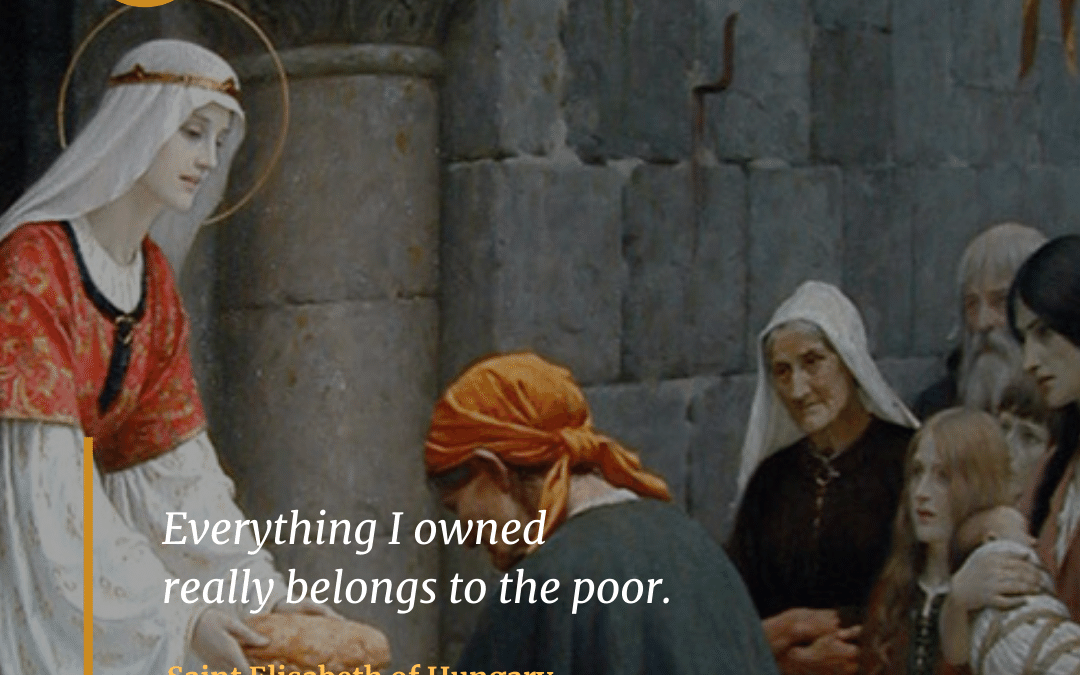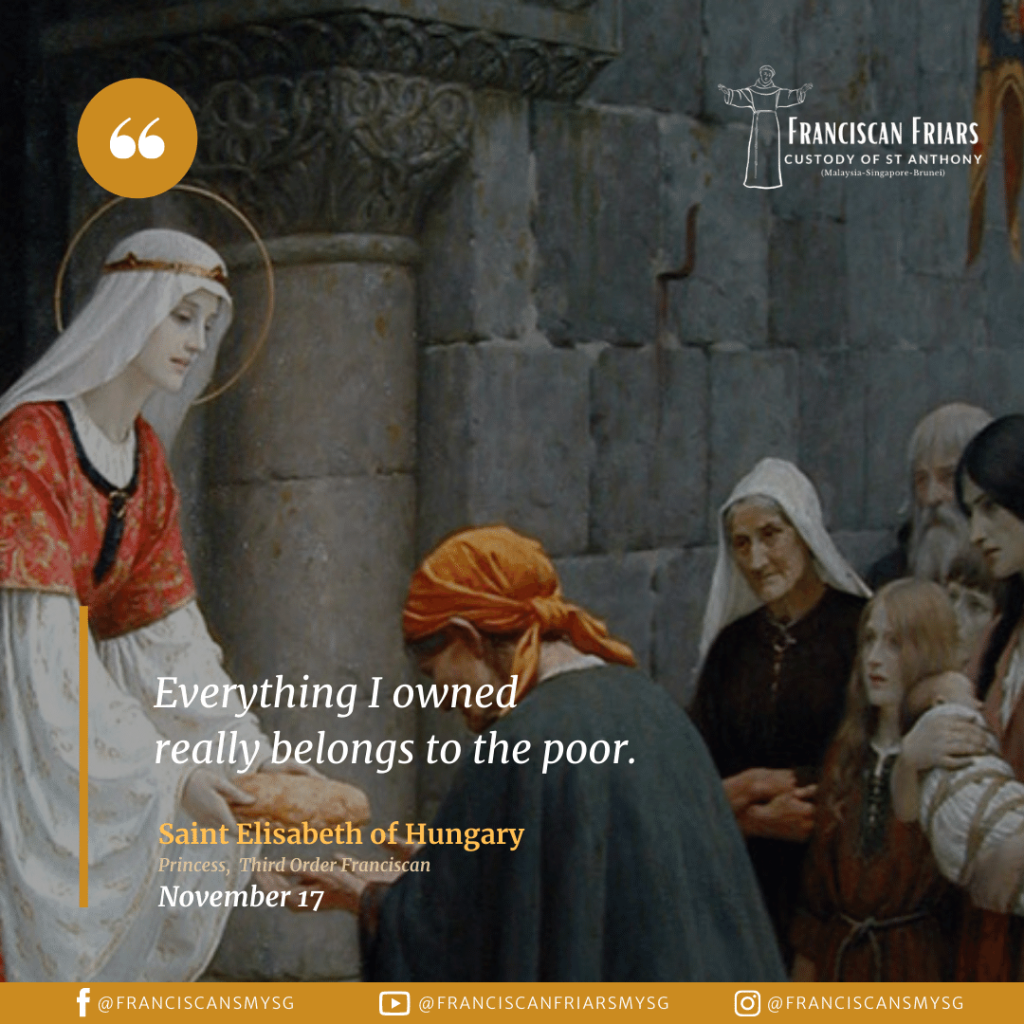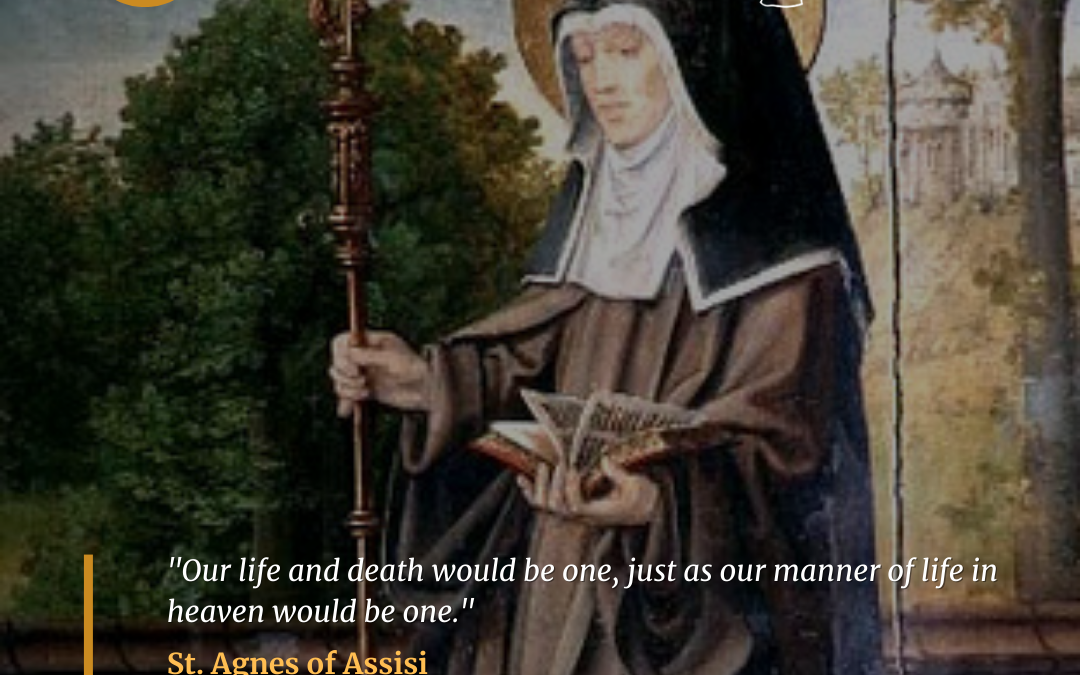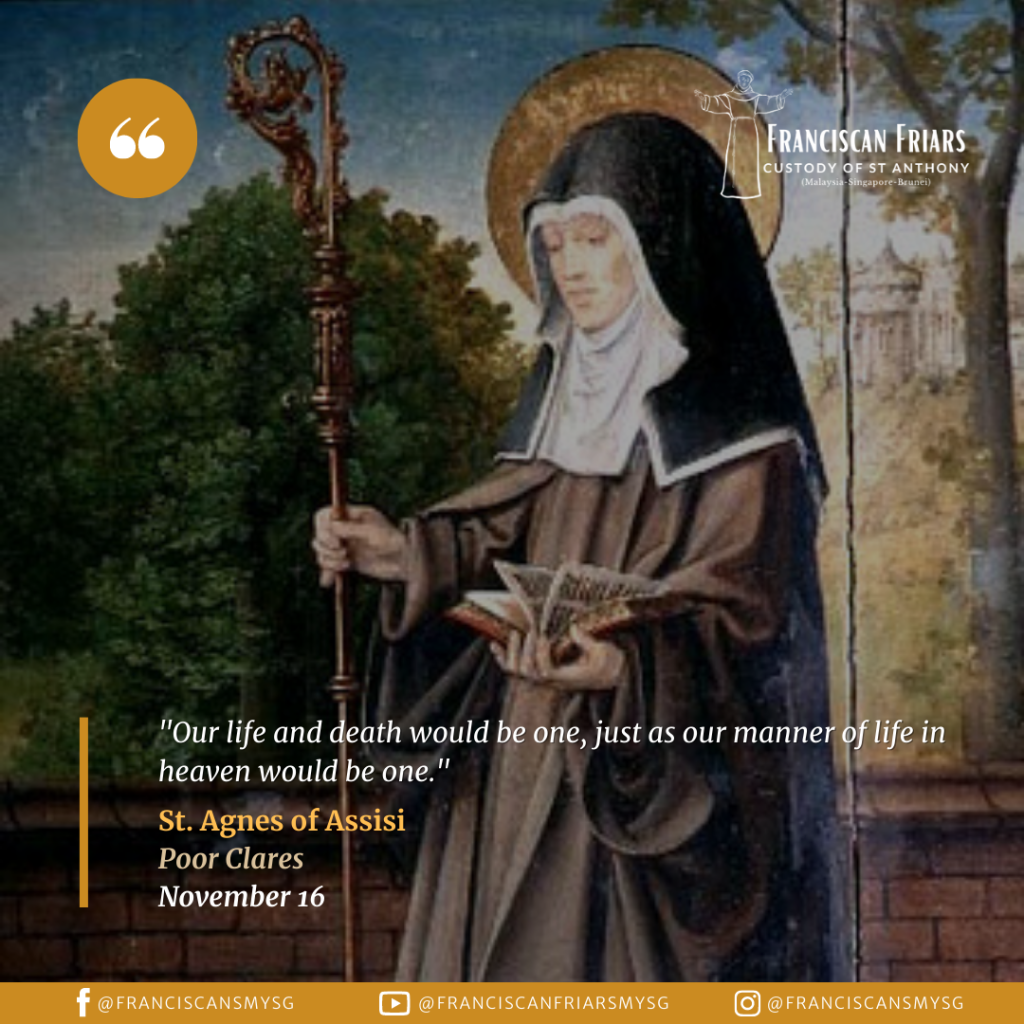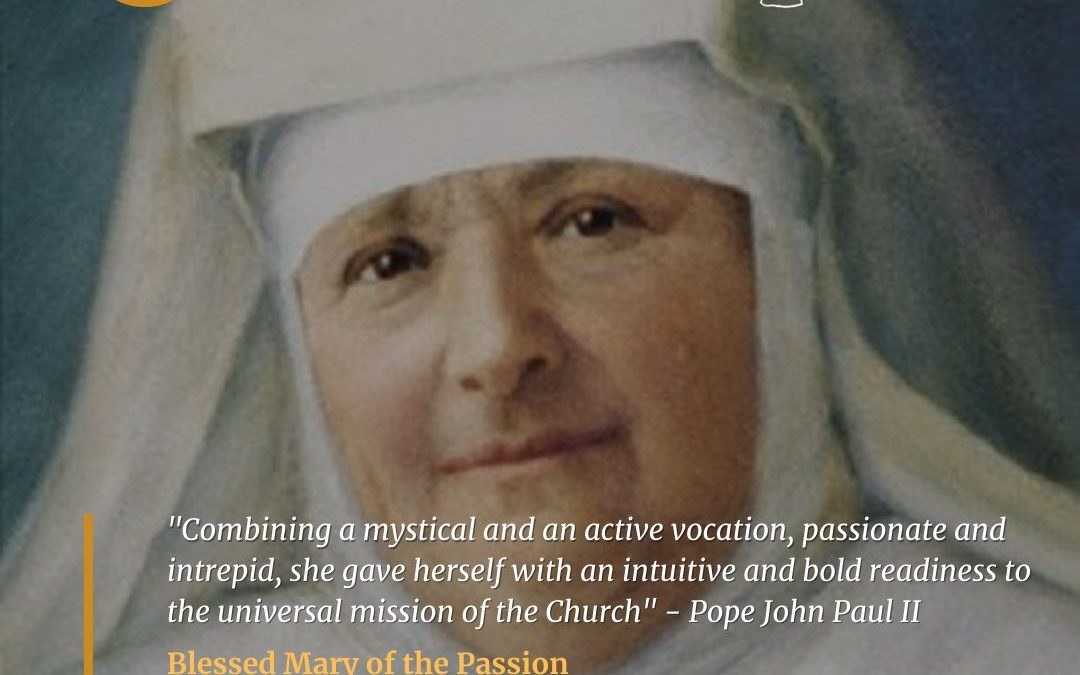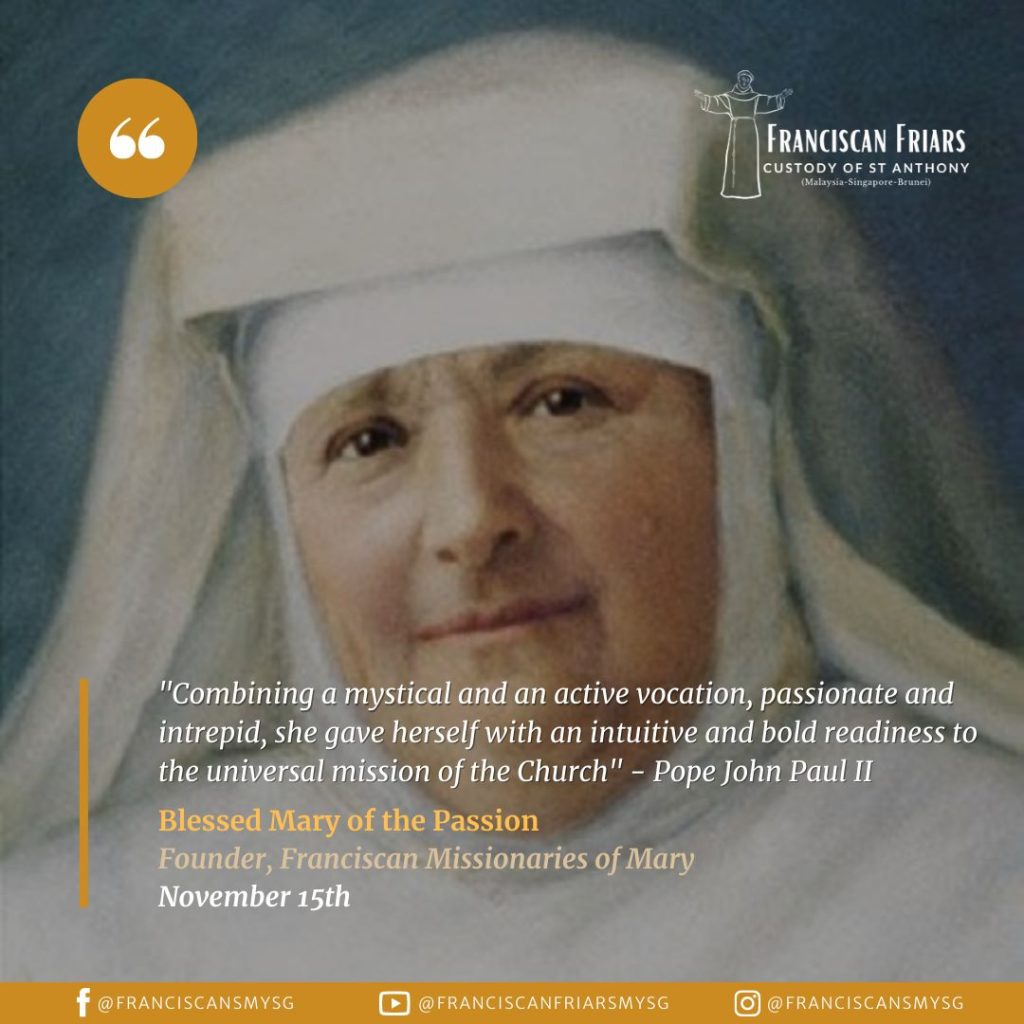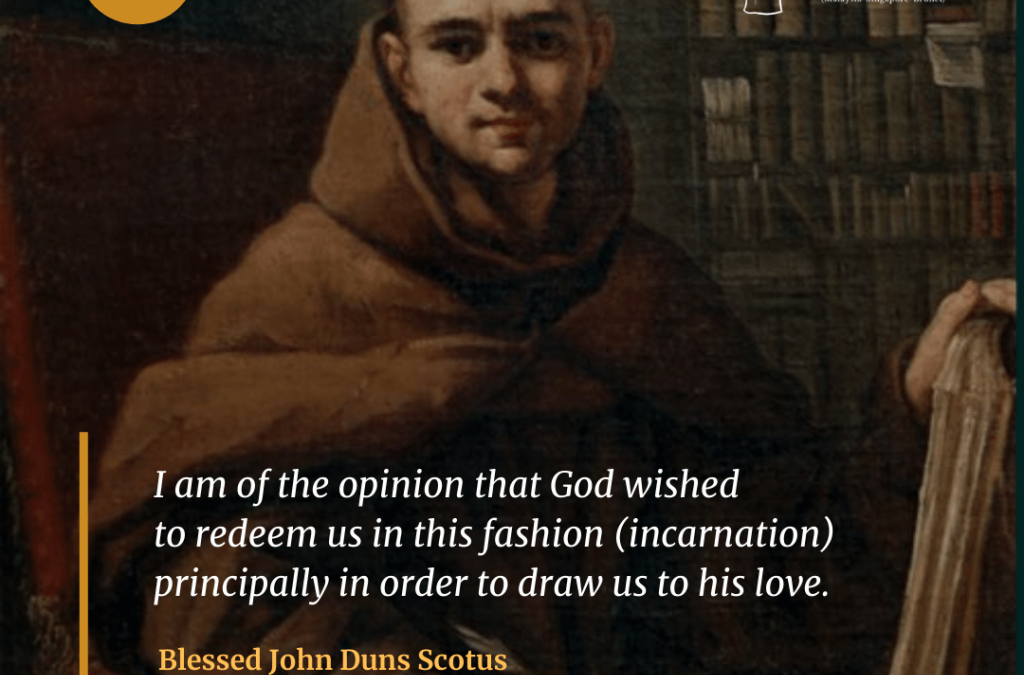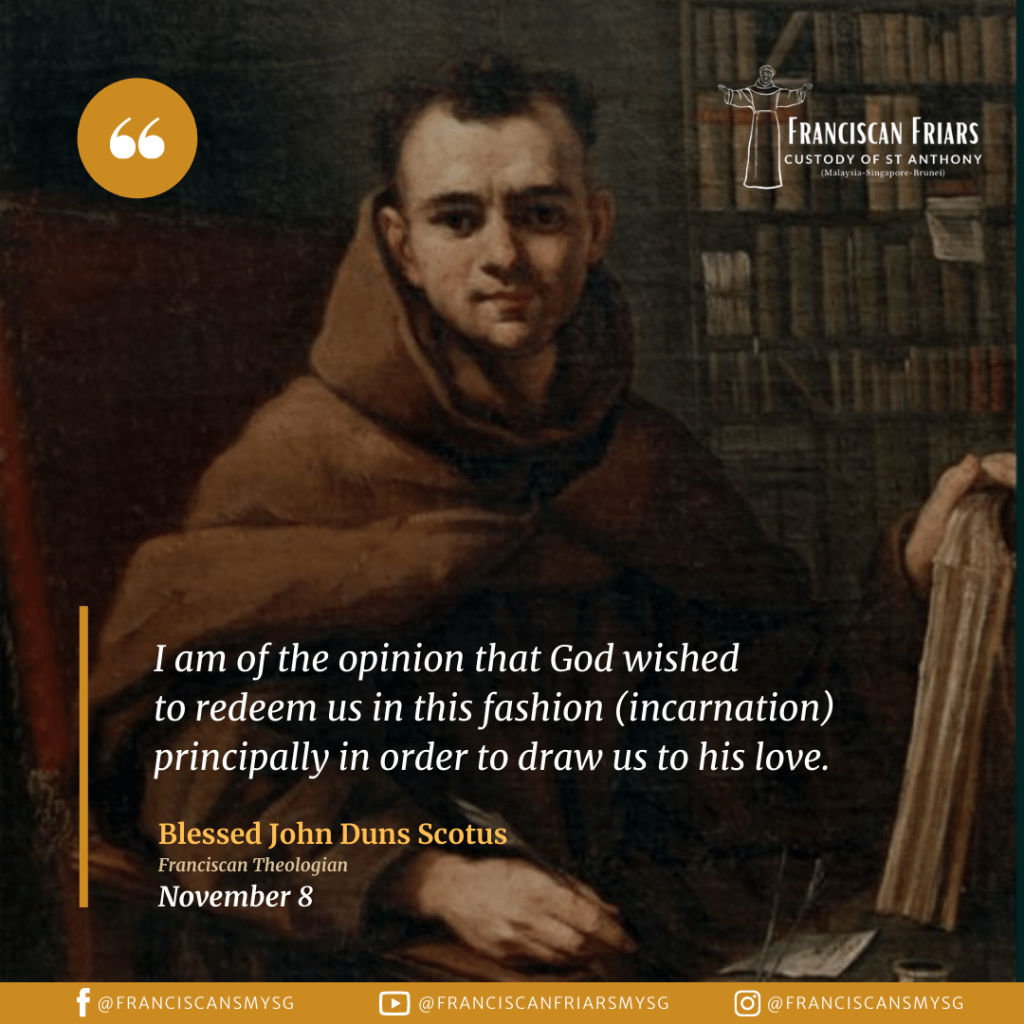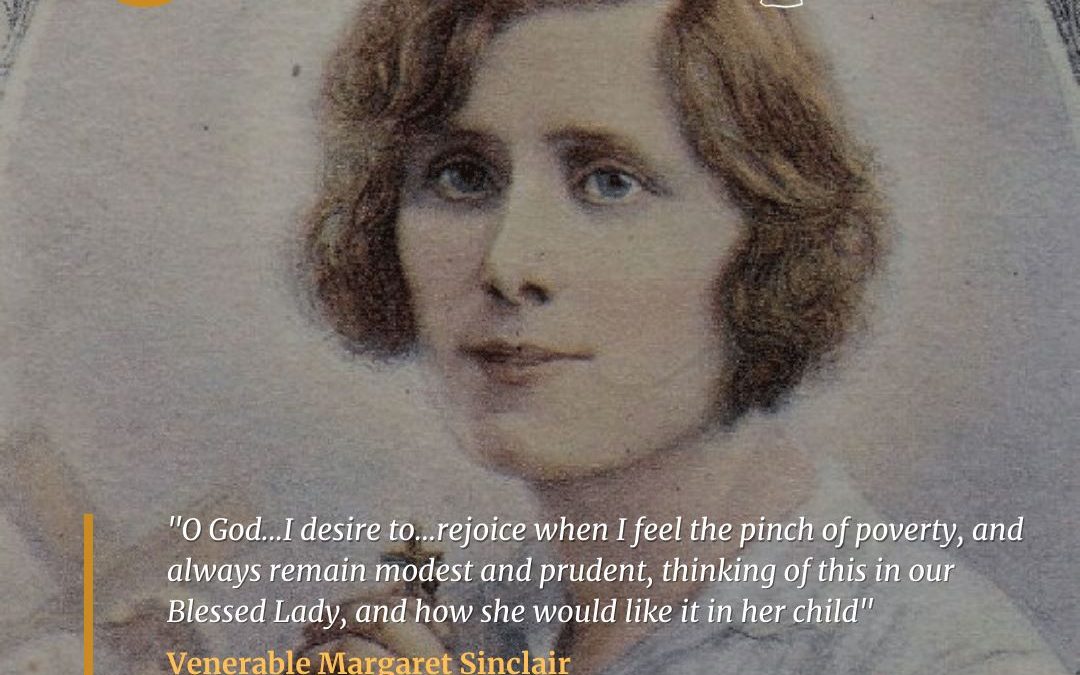
Venerable Margaret Sinclair (1900-1925)
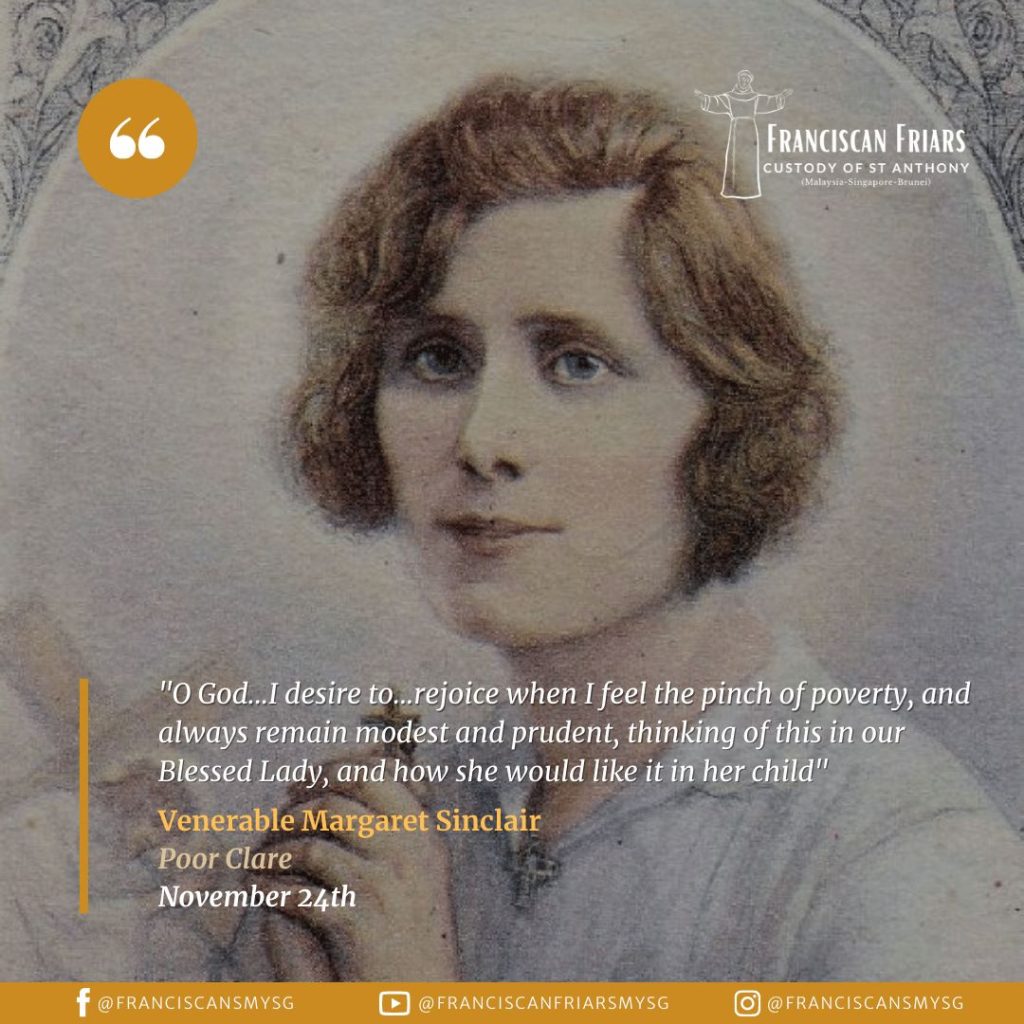
Margaret Sinclair was born in Edinburgh to a poor family. She left school at fourteen to work in a series of factories, helping to support her family. An eventual marriage proposal served as the catalyst for deeper reflection on her vocation, resulting in her decision to enter the Poor Clares. As the community in Edinburgh had no room for her, she was accepted into a community in Notting Hill in London. She was given the name Sister Mary Frances of the Five Wounds.
Her working-class roots and her Scottish brogue set her apart from the educated and upper-class backgrounds of the other sisters. One time, noticing that Margaret was having too much fun whitewashing an outhouse, a nun upbraided her, “You’ll never be a saint.” Margaret replied, “Dinna fash yerself” (Don’t let that trouble you).
Despite her obscure life, her reputation soon spread, especially in Scotland, where she was celebrated as a saint of ordinary life. The archbishop of Edinburgh said,
“We can still admire the heroism of the early martyrs, but the unlikelihood of our being thrown to the lions makes these first Christian saints somewhat remote and shadowy figures. Margaret Sinclair may well be one of the first to achieve the little of Saint from the factory floor.”
She was declared venerable in 1978. Pope John Paul II described her as
“one of God’s little ones who, through her very simplicity, was touched by God with a real holiness of life.”
